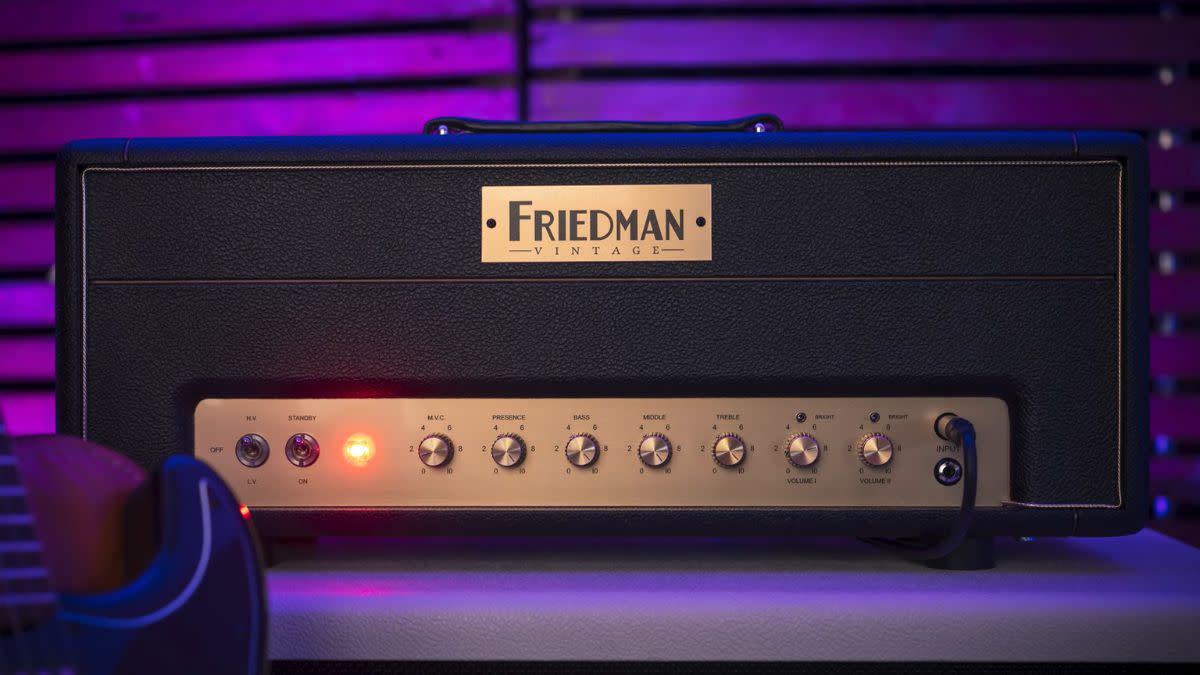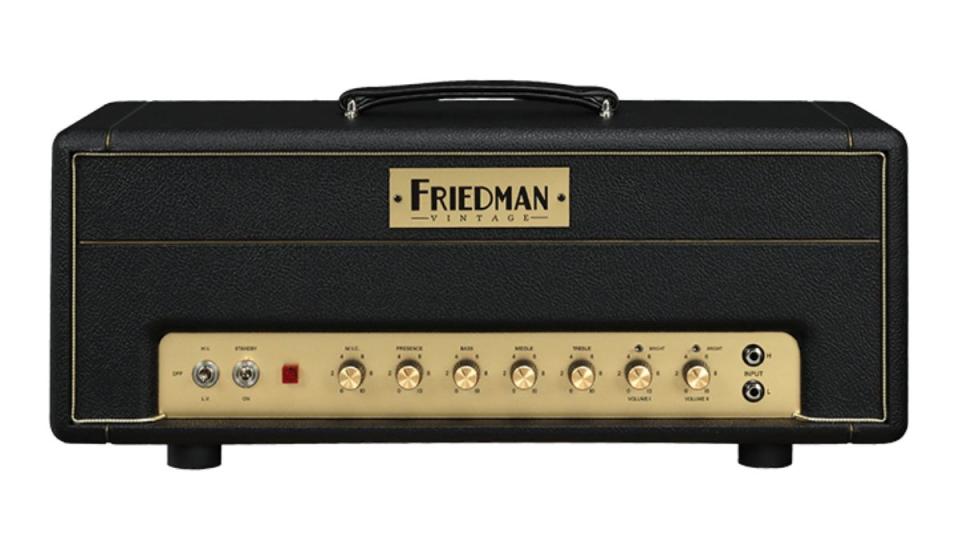Friedman's PLEX is a “sonic twin” of the amp that kickstarted Dave Friedman's tone obsession

Friedman has returned to its roots with the PLEX – a 50-watt, two-channel tube amp head that is the “sonic twin” of brand mastermind Dave Friedman’s favorite amp.
It was Friedman's personal 1968 Marshall JMP Super Lead amp that kickstarted his “lifelong quest for tone”. 14 years later, the PLEX represents the “realization of that dream”.
Furthermore, it's the first release from the firm's new Vintage Collection line, with each release set to be inspired by the classic amps that have helped form Friedman’s tonal fingerprint.
To that end, none can be seen as more important than Friedman's preferred Marshall. As such, much effort has been made in sourcing the exact parts to reproduce the JMP’s character.
The amp combines two EL34 tubes with three 12AX7 preamp tubes, with its Lead and Normal channels each equipped with dedicated Volume controls to replicate the Master Volume-free performance of its source material.
Pushing the amp harder increases the saturation, “harmonic richness and sustained brilliance” as it responds to the user’s playing.
Friedman’s sneaky modern twist, though, features in the form a Post-Phase Master Volume control. As each channel’s gain increases, so too does the amp’s volume. Dave Friedman says this means users can bring the amp back to manageable levels, without sacrificing the tone or dynamic feel.
Elsewhere, an 'internal channel jumpering' feature replicates the external blending technique of vintage Plexi-style amps, allowing players to merge the Lead and Normal channels via a single control knob.
There are also controls for Presence, Bass, Middle, and Treble, as well as Hi and Low instrument inputs, and a three-position Bright switch for fine-tuning the amp’s top end.

The PLEX comes with a lifetime warranty and carries a $2,799 price tag.
Jump over to Friedman Amplification for more info.
The PLEX arrives shortly after the release of Friedman's amp-in-a-box preamp pedal, the IR-D.

